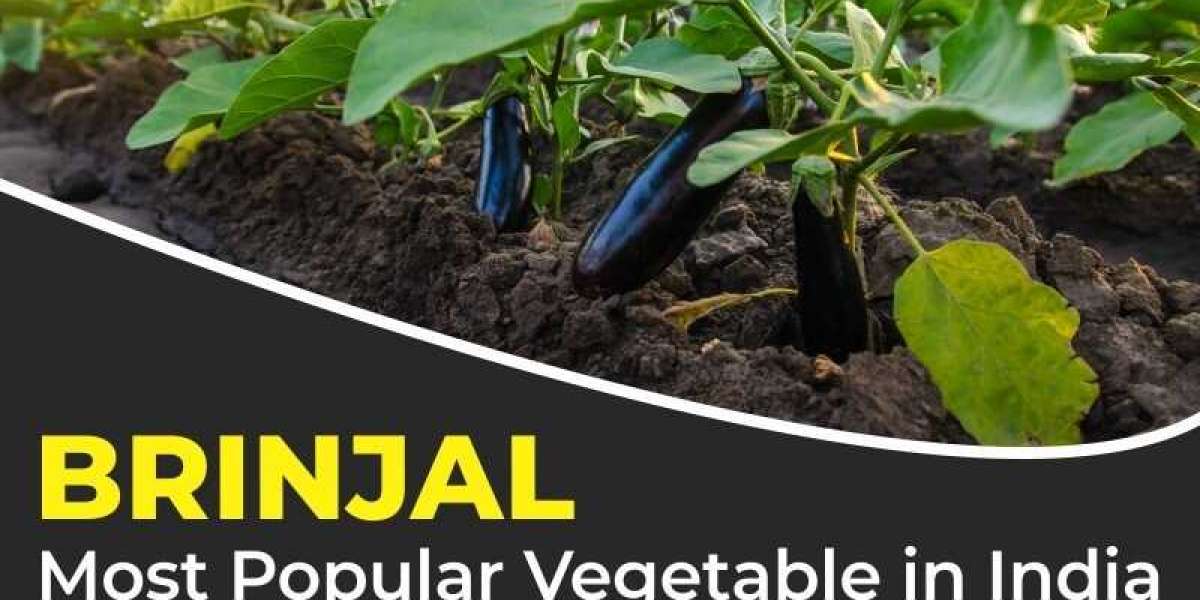Often hailed as the "King of Vegetables," brinjal, or eggplant, is a versatile and nutritious crop that holds a significant place in cuisines around the world. Known for its rich flavor and unique texture, brinjal offers a variety of health benefits and can be used in numerous dishes. For farmers, cultivating brinjal can be a rewarding endeavor, but it requires careful attention and the right equipment. The Sonalika range of tractors, including the reliable Sonalika 745, has become indispensable for modern brinjal farming, offering efficient solutions from soil preparation to harvesting.
Soil Preparation and Seedling Management
The journey to a successful brinjal harvest begins with thorough soil preparation. Brinjals thrive in well-drained, loamy soil rich in organic matter. The Sonalika 745 tractor, with its powerful engine and robust build, is ideal for plowing and tilling fields, ensuring the soil is adequately aerated and free from weeds. Proper tilling not only helps in mixing soil nutrients but also creates a suitable bed for transplanting brinjal seedlings.
Before planting, it's crucial to prepare seedlings in a nursery. Once the seedlings are about 8-10 inches tall and have developed a strong root system, they are ready to be transplanted into the field. The Sonalika tractors can be used to create uniform rows and spacing, making the transplanting process more efficient. This precision ensures that each plant has enough space to grow, facilitating better air circulation and reducing the risk of diseases.
Irrigation and Nutrient Management
Brinjals require consistent moisture for optimal growth, especially during the flowering and fruit-setting stages. The Sonalika 745, with its versatile attachment options, can be equipped with irrigation systems such as drip or sprinkler systems. These systems provide precise water delivery, ensuring that the plants receive adequate moisture without waterlogging. The tractor's efficient hydraulic system allows for easy control and management of these attachments, making irrigation a hassle-free process.
In addition to proper watering, brinjals need a balanced supply of nutrients. The Sonalika 745 can be fitted with fertilizer spreaders to evenly distribute organic or inorganic fertilizers across the field. This ensures that each plant receives the necessary nutrients, promoting healthy growth and higher yields. Regular soil testing and appropriate fertilization are essential practices to maintain soil fertility and prevent nutrient deficiencies.
Pest and Disease Management
One of the biggest challenges in brinjal farming is managing pests and diseases. Brinjals are susceptible to various pests like aphids, fruit borers, and mites, as well as diseases such as bacterial wilt and fungal infections. The Sonalika 745 tractor can be equipped with sprayers for the application of pesticides and fungicides. These attachments allow for uniform and targeted application, minimizing chemical wastage and reducing environmental impact.
Regular monitoring of the crop is crucial to identify early signs of pest infestations or disease outbreaks. Integrated pest management (IPM) techniques, such as using natural predators and organic pesticides, can also be employed alongside chemical treatments to manage pests sustainably.
Harvesting and Post-Harvest Management
The harvesting of brinjal begins when the fruits reach the desired size and color, usually around 70-80 days after transplanting. The Sonalika 745, known for its versatility and durability, can be used to transport the harvested fruits from the field to the storage area. Proper handling during harvesting is crucial to prevent damage to the delicate skin of the brinjal, which can reduce its market value.
After harvesting, the brinjals should be sorted, graded, and stored in a cool, dry place to maintain their freshness. The Sonalika tractors can be used to assist in the transportation and handling of the produce, ensuring that it reaches the market in prime condition.




